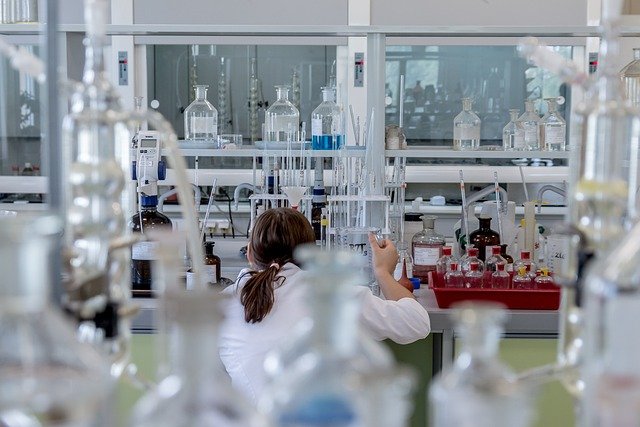Liquidity Detection: Methods and Applications
Liquidity detection refers to methods and tools used to determine the presence, quantity, or properties of liquid in a sample or environment. In laboratory and industrial settings it supports quality control, leak and contamination checks, and process monitoring. Techniques range from simple visual inspection to advanced sensor networks and computer-assisted analysis, and proper sample handling with tools like a pipette is often critical for reliable results.

How is a pipette used in liquidity detection?
Pipettes are precision tools for transferring defined volumes of liquid and play a central role when a controlled sample is needed for liquidity analysis. In analytical workflows, a pipette delivers a repeatable aliquot from a bulk sample into a test cell, cuvette, or sensor chamber. Accurate pipetting reduces sampling error and helps ensure that measurements of properties such as conductivity, absorbance, or viscosity reflect the true state of the fluid under test. Regular calibration and good pipetting technique are essential for laboratory-grade results.
What scientific principles support liquidity detection?
Scientific approaches to detecting liquid rely on measurable physical or chemical properties that change in the presence of fluid. Common principles include changes in electrical conductivity or capacitance when a liquid bridges electrodes, alterations in optical transmission or reflection for clear versus opaque liquids, ultrasonic impedance changes with fluid presence, and surface-tension or mass differences. Chemical assays can detect specific dissolved substances, while gravimetric methods measure added mass. Understanding which physical parameter correlates with the operational question guides method selection and validation.
Which sensor types detect liquids?
A variety of sensors are used depending on accuracy, environment, and cost constraints. Capacitive sensors detect changes in dielectric constant, useful for non-contact detection through container walls. Conductivity sensors are common when the liquid has ionic content. Optical sensors (photodiodes, lasers) register changes in light transmission or scattering. Ultrasonic sensors identify liquids by measuring sound speed or reflection. Pressure and float switches can indicate pooling or flow. Each sensor type has trade-offs in sensitivity, response time, and suitability for specific chemicals or temperatures.
How should a sample be prepared for analysis?
Sample preparation affects detectability and reproducibility. For liquids that are heterogeneous, mixing or homogenization yields more representative aliquots. Filtration or centrifugation can remove particulates if the chosen detection method would be confounded by solids. When measuring trace chemical properties, avoid contamination by using clean containers, calibrated pipettes, and solvent rinses. Temperature control matters: viscosity and density—and therefore some sensor responses—vary with temperature. Documenting sample provenance and handling steps supports scientific reproducibility and helps interpret results.
How does a computer support liquidity detection?
Computers integrate sensor outputs, apply signal conditioning, and execute algorithms that distinguish liquid signals from noise. Data acquisition systems collect time-series readings and can run filters, thresholding, or pattern-recognition models to classify events such as a leak or a passing droplet. Computers also store calibration curves and metadata (sample ID, temperature, operator), enabling traceability and batch reporting. In more advanced setups, machine learning models trained on labeled sensor data can improve detection in complex or variable environments, but these models require validated training sets and periodic reassessment.
Conclusion
Liquidity detection covers a range of practical techniques from manual sampling with a pipette to automated sensor networks and computer analysis. Choosing the right method depends on the property you need to measure—presence, volume, composition, or behavior—along with constraints such as chemical compatibility, temperature, and required sensitivity. Careful sample preparation, appropriate sensor selection, and proper data handling together produce reliable, actionable results across laboratory, industrial, and environmental applications.






